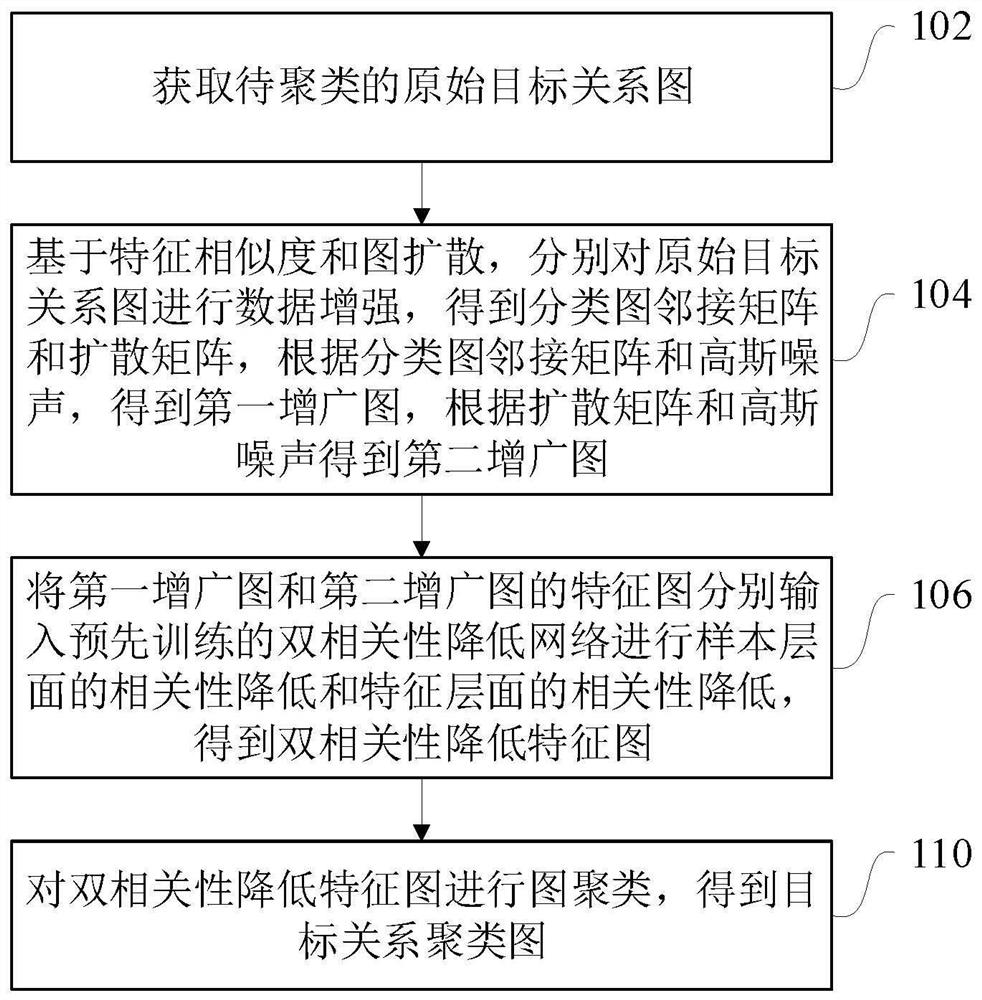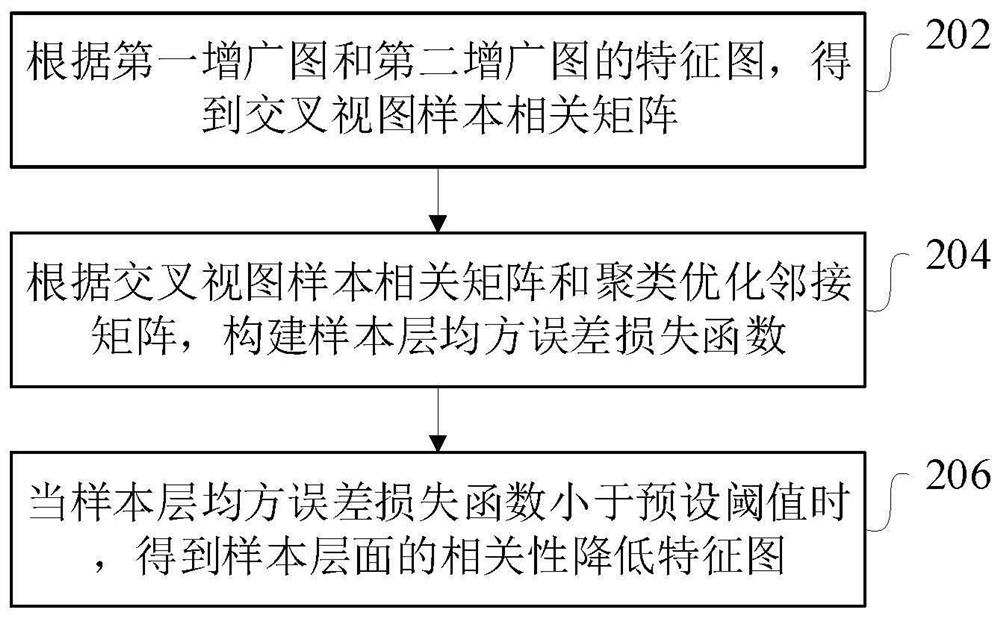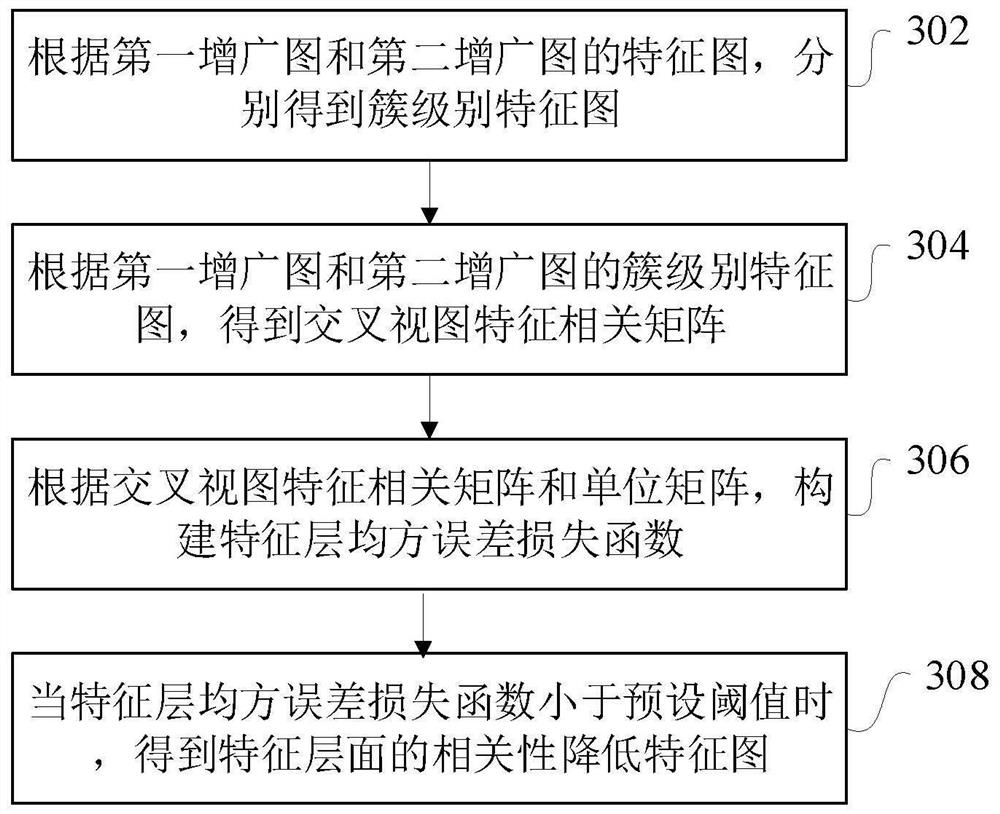Graph depth clustering method based on double-correlation reduction
A correlation and clustering technology, applied in the field of deep learning, can solve problems such as clustering performance limitations, GPU running speed impact, memory space occupation, etc., to achieve the effect of improving discrimination ability, clustering performance and saving memory space
- Summary
- Abstract
- Description
- Claims
- Application Information
AI Technical Summary
Problems solved by technology
Method used
Image
Examples
Embodiment Construction
[0049] In order to make the purpose, technical solutions and advantages of the present application more clearly understood, the present application will be described in further detail below with reference to the accompanying drawings and embodiments. It should be understood that the specific embodiments described herein are only used to explain the present application, but not to limit the present application.
[0050] In one embodiment, as figure 1 As shown, a graph depth clustering method based on double correlation reduction is provided, which includes the following steps:
[0051] Step 102: Obtain the original target relation graph to be clustered.
[0052] A graph is a form of structured data representation formed on the basis of vertices and edges. The target relationship graph refers to the data model formed by the relationship between targets and targets in the network. The network can be a social network, a commodity network, In the social network, the target can be...
PUM
 Login to View More
Login to View More Abstract
Description
Claims
Application Information
 Login to View More
Login to View More - R&D
- Intellectual Property
- Life Sciences
- Materials
- Tech Scout
- Unparalleled Data Quality
- Higher Quality Content
- 60% Fewer Hallucinations
Browse by: Latest US Patents, China's latest patents, Technical Efficacy Thesaurus, Application Domain, Technology Topic, Popular Technical Reports.
© 2025 PatSnap. All rights reserved.Legal|Privacy policy|Modern Slavery Act Transparency Statement|Sitemap|About US| Contact US: help@patsnap.com



